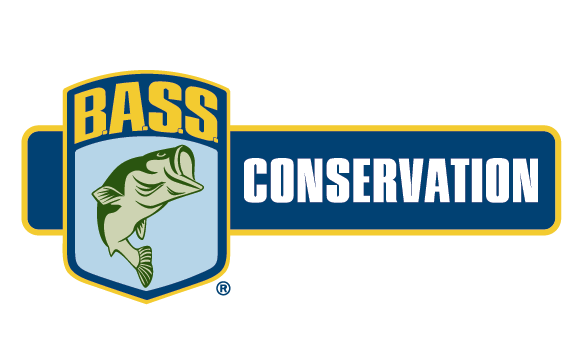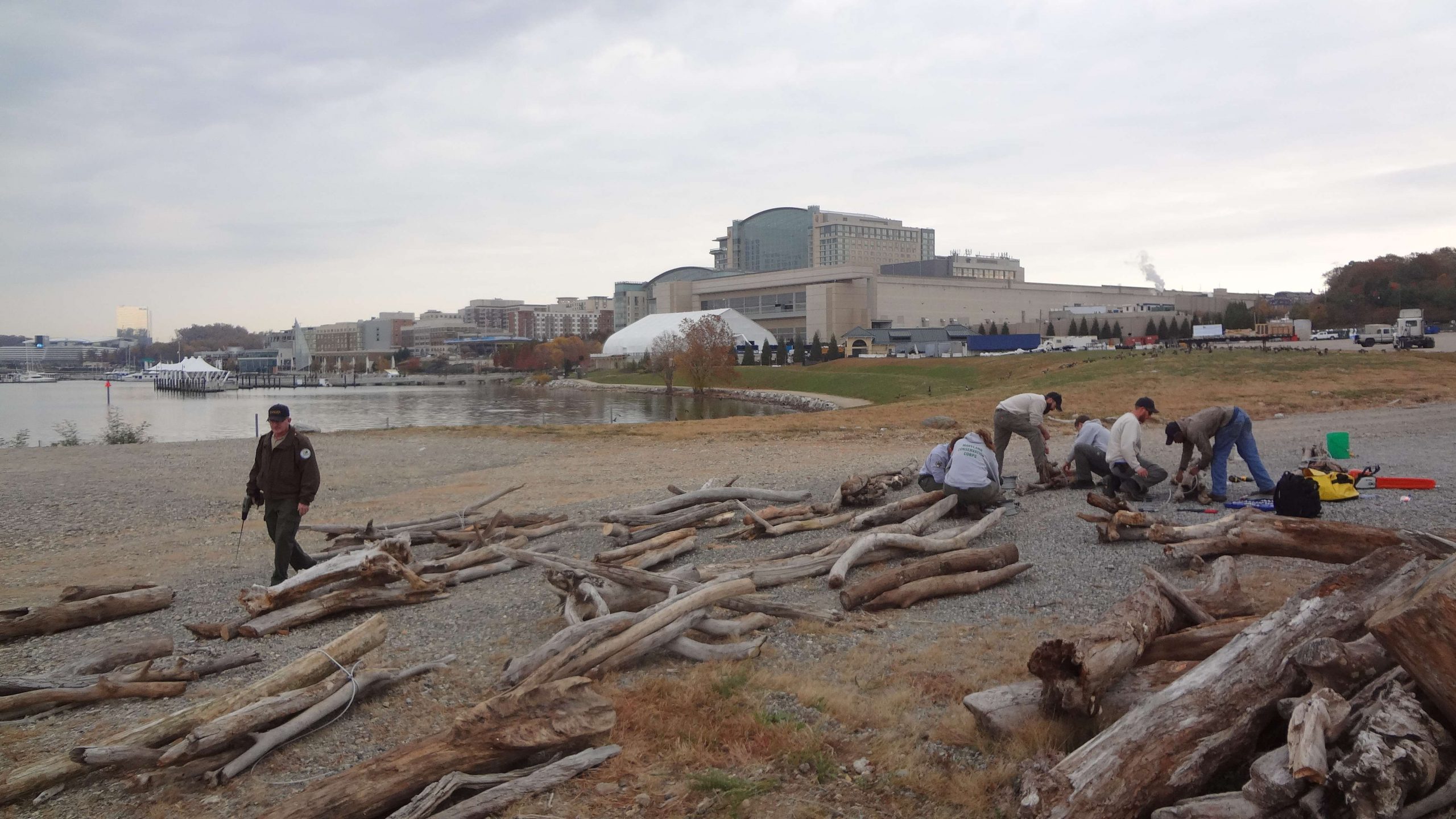
OXON HILL, Md. – Maryland B.A.S.S. Nation (MBN) members Scott Sewell, Dick Berich and Roger Trageser helped lead the way for a recently completed habitat project in National Harbor that could revitalize the Potomac River bass fishery.
National Harbor, once known as Smoots Bay, now has two reefs rich with habitat. Anglers and fisheries managers alike hope these additions will make this Maryland side of the river opposite Alexandria, Va., once more one of the most productive spawning and nursery areas.
“We’ll mark success when see juvenile bass in the area and more bass are being caught,” said Joe Love, tidal bass program manager for the Maryland Department of Natural Resources (MDNR). “And we’re hoping that this will lead to other habitat improvements. Perhaps these changes will encourage the growth of grass.”

Along with being sheltered from the north wind, abundant grass on a sand and gravel bottom once was what made the bay a bass factory. But coincidental with bridge construction and shoreline development, the vegetation disappeared.
“We really needed to add something to the spawning areas to provide cover for spawning fish and slow boat wakes to keep the water clearer for SAV (submerged aquatic vegetation) growth,” said Steve Chaconas, a Potomac River guide who helped with the project that involved placing concrete reef balls and then timber pyramids, also anchored with concrete.
“I fish this area of the river a lot,” he continued. “It used to be the best year-round fishing location, offering a variety of cover and depths. Having the additional cover should encourage more spawning.”
If the bay does produce more bass, and maybe even more grass, credit should go not only to MBN, MDNR, but to the Chesapeake Bay Foundation (CBF) and National Harbor corporation, as well as the Maryland Artificial Reef Initiative (MARI), and the Fish America Foundation (FAF).
“But it was a small group of fishermen who really got this going,” said Chaconas.
Notably MBN Conservation Director Sewell, President Trageser and Berich, a second vice president and civil engineer.
“Dick was our not-so-mad scientist,” the Potomac River guide said.
“He calculated everything, exactly how much concrete to fill all of our forms, how much weight would be needed to secure the logs, and how to hold them together.”
Sewell added, “It took four or five years for everything to come together.” That’s because permits were needed to establish reefs with boundaries.
During lunch with Berich, Sewell explained, they decided that something needed to be done to put more cover in the spawning area. They presented the idea to MDNR, as well as solicited help from National Harbor, which contributed $10,000, as well as equipment and staff to operate it.
“We had to have permission from both the Corps and National Harbor,” Love said. “The owner really worked with us on this.”
In addition to its approval, support and expertise, MDNR donated $2,000. Also, MBN received a $4,500 grant from FAF, while MARI kicked in $4,000.
The actual habitat work included three stages. First, 40 concrete reef balls with holes were poured and placed on each reef, with CBF taking a leadership role.

“A lot of businesses sent volunteers. It was pretty impressive,” said Chaconas. “Chesapeake Bay Foundation really does a good job.”
In explaining why reef balls were placed, Love said, “We know that bass like to navigate in and out of things. And we know that they like riprap. We hope these will aggregate fish and provide space for them to build nests inside and nearby, as well as help foraging.”
Then MDNR anchored 20 wood bundles on each reef.
Finally, MBN led the way in constructing and anchoring 10 large wooden pyramids on the deeper reef. And, again, Berich was instrumental, securing both a barge and a captain, Love said.
Follow-up work will include monitoring and supplemental stockings. MDNR already has stocked 6,000 young bass, the biologist added.
“It took a lot of work to get us here,” he said. “And it’s not over. But if this works, it could be a model for other areas in the watershed.”
Fishermen and others who venture into National Harbor will have no difficulty noting the location of the reefs, which are marked with navigation buoys.
“Anglers can fish the reefs,” Love said. “But the intent is to promote reproduction and provide a safe haven for bass to reproduce. We don’t think that we’ll have a problem.”
Sewell added, “People are wanting to know if the area is going to be off-limits during the spawn, from March 31 to June 15. I think it should be.”
Whether it is and whether the project works as intended, the effort “has been very successful from a team-building experience,” Love said.
“We hope the relationships will last and, in the future, we can rely on these relationships for even bigger and better projects.”






